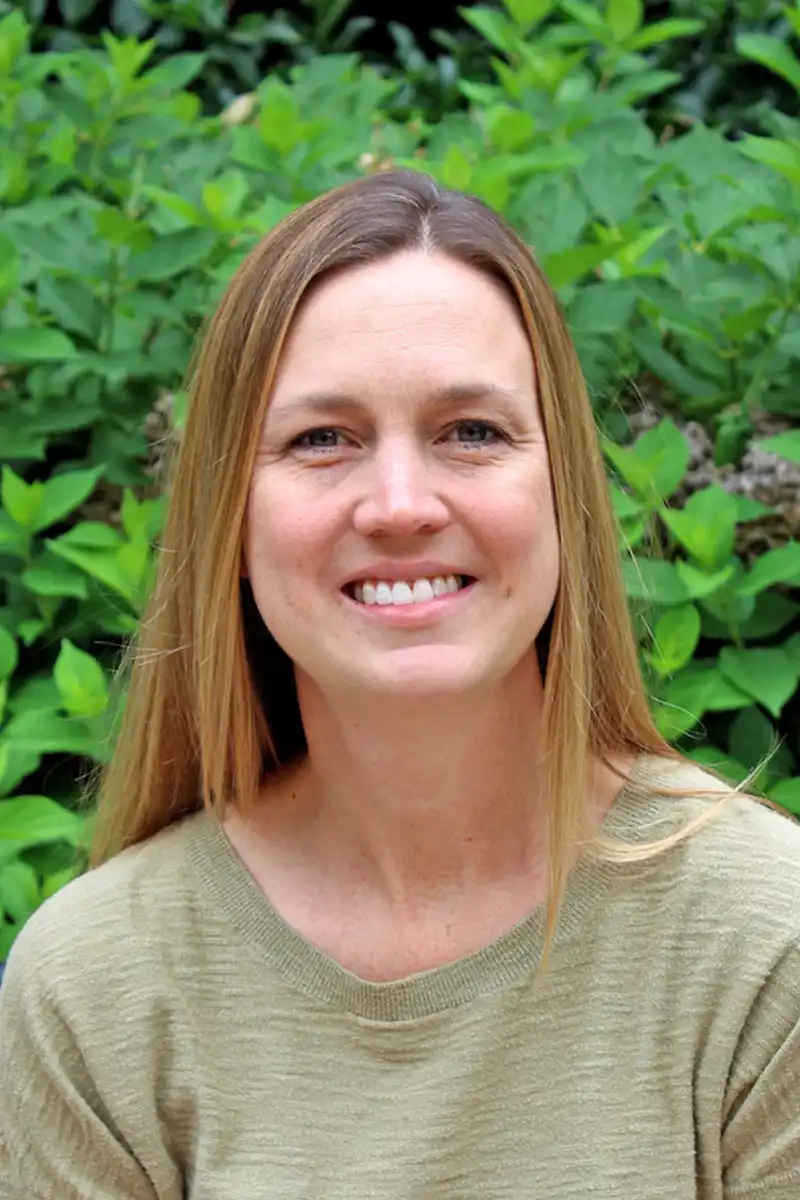Hinten, Melissa

Specialties
Phone
Office
Melissa Hinten
Senior Lecturer and Director of Sustainability Program | GIST and Sustainability
My academic interests fall under the broad categories of biogeography, land use and land cover change, GIS, and geography education.
I am passionate about teaching, and using evidence based teaching practices within my courses. My interest in education started while obtaining a teaching certificate in secondary science education. I have married my love of teaching and research through the scholarship of teaching and learning (SoTL). Currently I am investigating how collaborative assessment influences student engagement in upper division geography courses. I am involved in the Tennessee Teaching and Learning Center, which provides opportunities to connect with other SoTL practitioners through faculty book clubs, writing retreats, and experiential learning workshops.
My early impressions of land cover come from growing up in the central Great Plains. The vast expanse of wheat fields and prairies sparked my interest understanding the influences that agriculture had on the physical landscape. For example, I explore how, and why, native hay meadows persist within the larger grassland landscape. Native hay meadows are considered a low-input, high-diversity (LIHD) land cover type. These LIHD land cover types are of research interest because they do not require fertilizer or herbicide application for forage production, and are important reservoirs of biodiversity. LIHD land cover types are considered more sustainable than the high-input, low-diversity (HILD) land cover types, such as non-native tall fescue (Schedonorus arundinaceus). Tall fescue produces higher forage yields, but at higher monetary and environmental costs due to required fertilizer and herbicide inputs. Unfortunately, much of the native eastern grasslands, have been converted to tall fescue.
Education
Ph.D., University of Oklahoma, Norman, OK
